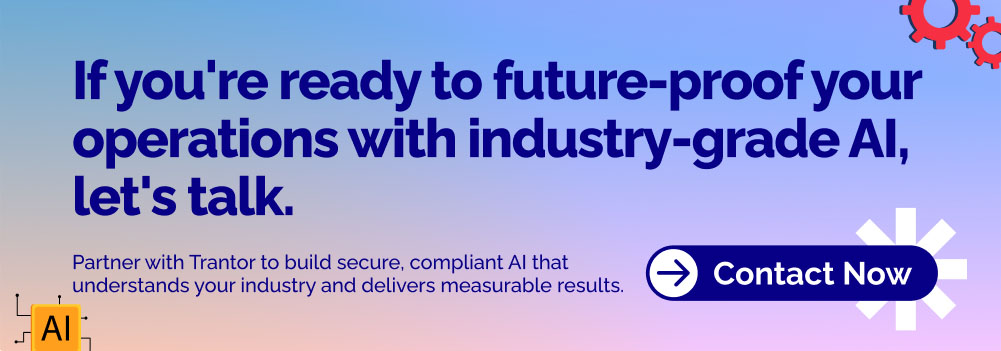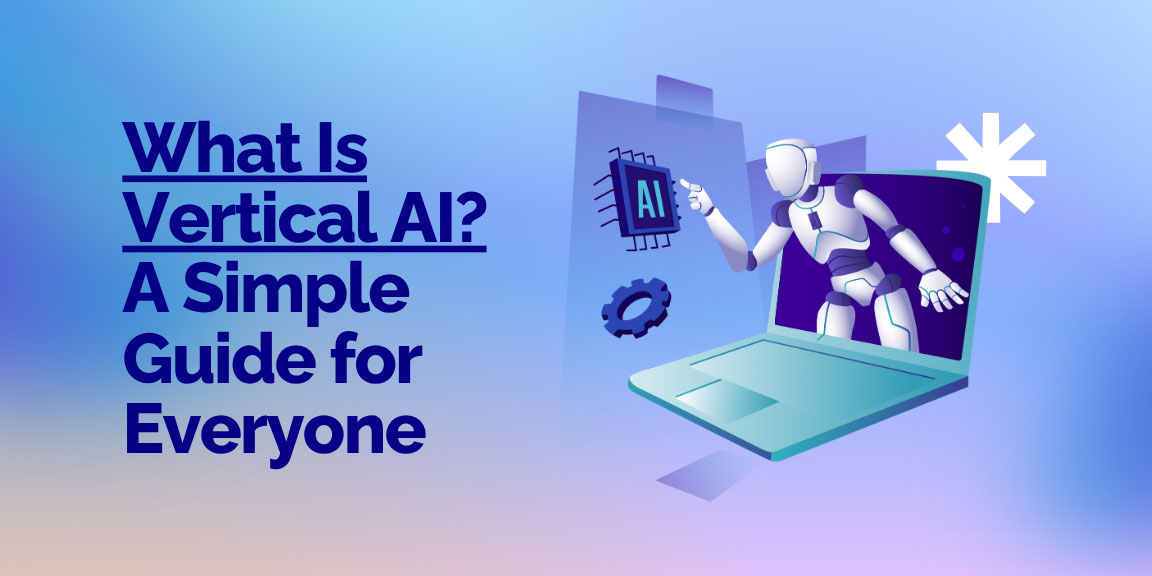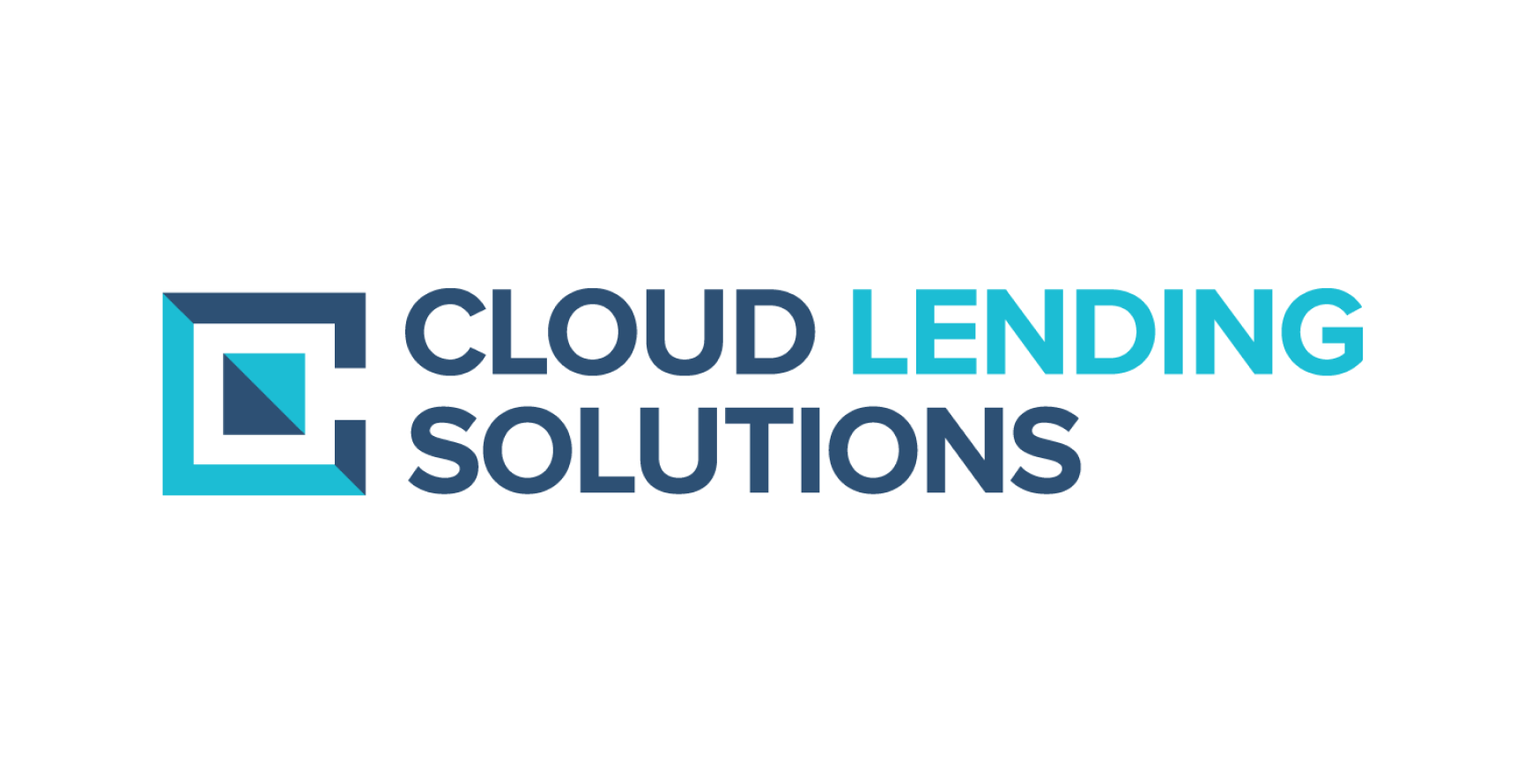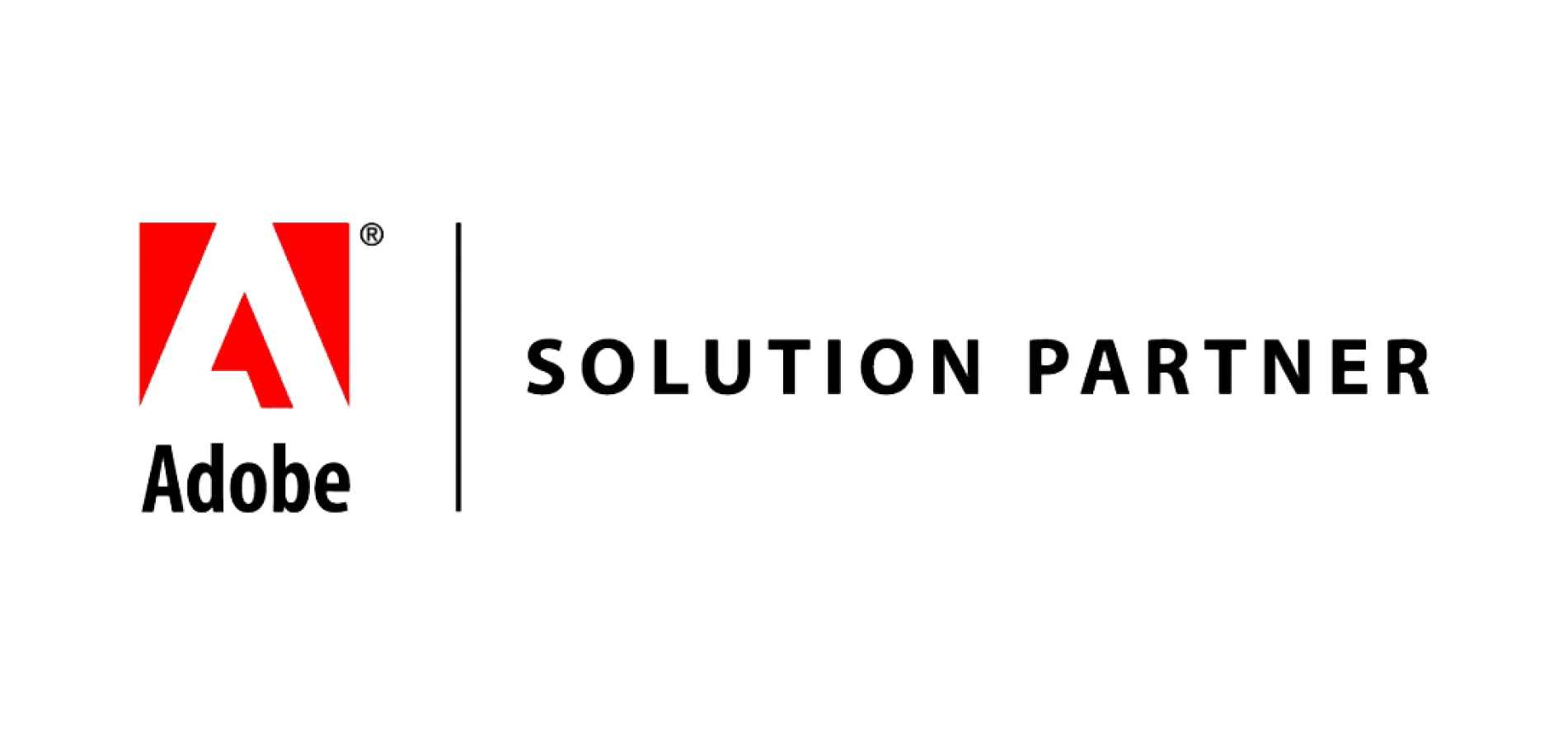Artificial Intelligence, zBlog
Vertical AI Explained: What It Is, Why It Matters, and How to Implement It
Team Trantor | Updated: July 25, 2025
Artificial Intelligence (AI) has rapidly matured from experimental tools to business-critical platforms. But a one-size-fits-all approach no longer meets enterprise demands. As companies face complex, industry-specific challenges, the limitations of general-purpose AI (also known as horizontal AI) are becoming evident. Enter Vertical AI—a specialized, domain-trained AI designed for a particular industry or business vertical.
From automating patient triage in hospitals to optimizing supply chains in manufacturing, Vertical AI delivers greater precision, efficiency, and ROI by understanding the unique language, compliance needs, and decision-making contexts of each field.
In this in-depth guide, we explain what Vertical AI is, why it matters in 2026 and beyond, explore top use cases, emerging trends, and show how your organization can successfully adopt it—with insights tailored to decision-makers.
What Is Vertical AI?
Vertical AI refers to AI systems that are specifically designed, trained, and optimized for a single industry or domain. Unlike general-purpose AI (horizontal AI), which is trained on large datasets to solve a wide array of problems across industries, Vertical AI leverages curated, domain-specific data to perform tasks with deep contextual understanding.
Examples of Vertical AI:
- Legal AI tools trained on case law and regulations
- Healthcare AI models that interpret radiology scans
- Financial AI systems that detect fraud or optimize credit scoring
These models don’t just “learn” patterns—they understand the business logic, constraints, and compliance standards of a specific vertical.
Vertical AI vs. Horizontal AI
While horizontal AI is more flexible, it lacks the depth and compliance-readiness enterprises require. Vertical AI fills that gap.
Why Vertical AI Matters in 2026
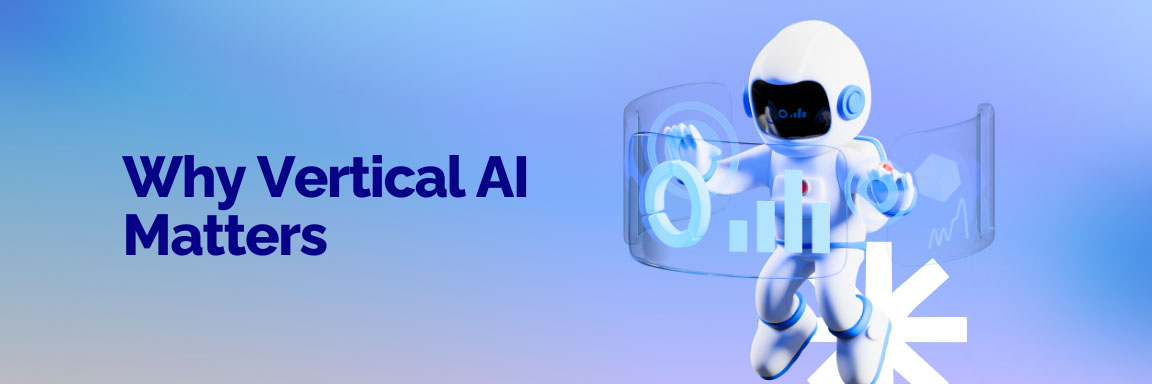
- Deeper Contextual Understanding: Models are trained on industry-specific data—billing codes in healthcare, financial regulations in banking, SKU patterns in retail. This results in more relevant and accurate outputs.
- Built-in Compliance: Regulations like HIPAA (healthcare), FINRA (finance), and GDPR (data protection) require strict data handling. Vertical Artificial Intelligence platforms are often pre-configured to comply with these standards.
- Faster Time to Value: Pre-trained vertical models shorten time-to-deployment by eliminating months of retraining and annotation.
- Domain-Specific KPIs: Enterprises can track performance metrics relevant to their industry—like claim processing times or fraud detection rates—which are less meaningful with generalized models.
- Improved ROI: According to a 2025 Deloitte survey, enterprises adopting Vertical Artificial Intelligence solutions saw a 38% improvement in task accuracy and a 30% reduction in operational costs within 12 months.
Top Use Cases by Industry
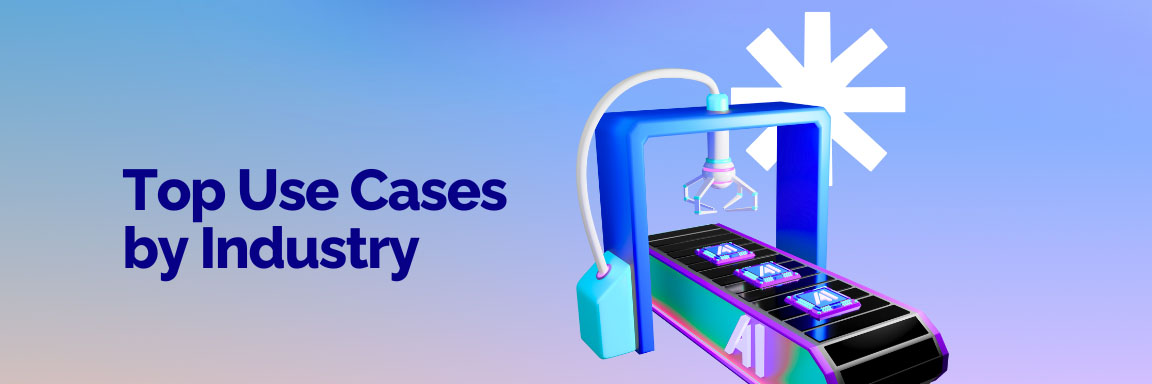
Healthcare
- Diagnostic AI: Analyze radiology scans or lab results
- Triage bots: Pre-screen patients and assign risk levels
- Clinical documentation: Convert doctor-patient conversations into structured notes
Financial Services
- Fraud detection: Spot anomalies in transaction data
- Risk scoring: Build fair and explainable credit models
- AML/KYC compliance: Automate customer verification workflows
Legal
- Contract review: Extract clauses and flag risks
- Case prediction: Analyze litigation outcomes
- eDiscovery: Search and summarize large document sets
Retail and E-commerce
- Dynamic pricing: Adjust based on demand and competition
- Personalized recommendations: Tailored to customer behavior
- Inventory forecasting: Predict stockouts and overages
Manufacturing
- Predictive maintenance: Anticipate equipment failure
- Quality assurance: Detect defects via computer vision
- Production planning: Optimize schedules using historical data
Agriculture
- Crop monitoring: Analyze satellite and drone imagery
- Irrigation control: Automate based on soil and weather data
- Pest detection: Use vision models to identify infestations
How to Implement Vertical AI: Step-by-Step Guide

1. Identify High-Impact Use Cases
Focus on pain points with measurable outcomes (e.g., claims processing time, error rates). Prioritize projects that align with strategic goals.
2. Evaluate Vendors and Platforms
Look for providers with:
- Pre-trained vertical models
- Industry certifications
- Proven case studies in your domain
3. Pilot Before You Scale
Start with a limited rollout (PoC or pilot) to evaluate feasibility and performance. Use real-world metrics, not lab conditions.
4. Secure Domain Expert Collaboration
Data scientists alone can’t build effective Vertical Artificial Intelligence. Input from SMEs ensures proper labeling, model validation, and relevance.
5. Integrate with Existing Systems
Check that APIs or SDKs are compatible with your ERP, CRM, or custom applications.
6. Monitor, Optimize, and Scale
Continuously monitor performance, retrain if necessary, and scale across similar workflows.
Top Vertical AI Platforms (2026)
Trends Shaping Vertical AI
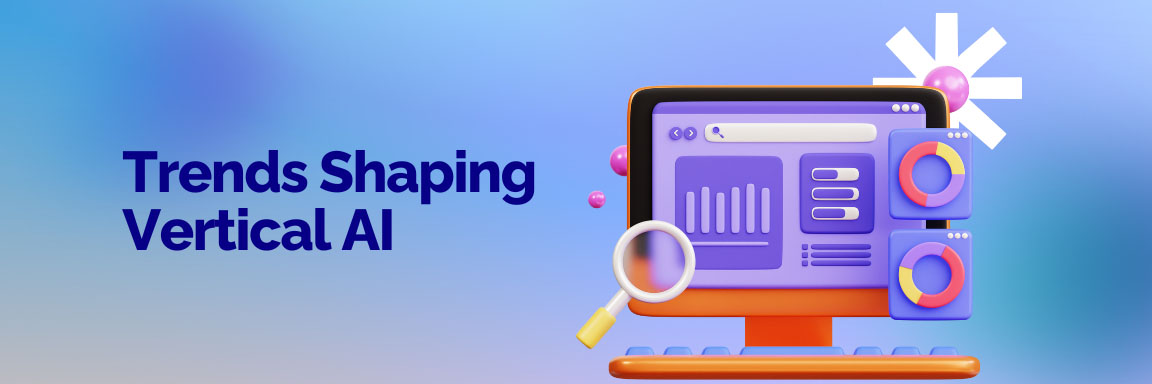
1. Vertical Foundation Models
Enterprises are fine-tuning large models (like GPT) with domain-specific datasets to build LegalGPT, FinGPT, and HealthGPT variants.
2. Multimodal Vertical Artificial Intelligence
Combining text, image, and audio data for rich contextual outputs (e.g., radiology + patient history).
3. AI + Automation
Blending Vertical AI with robotic process automation (RPA) for end-to-end task completion.
4. Composable AI Architecture
Plug-and-play microservices enable rapid customization across departments.
5. Synthetic Data for Bias Mitigation
Artificial datasets are being used to balance real-world gaps in representation.
Frequently Asked Questions (FAQ)
Q: Can Vertical Artificial Intelligence be customized further?
Yes. Most platforms allow you to fine-tune base models with your internal datasets for added accuracy.
Q: Is Vertical Artificial Intelligence only suitable for large enterprises?
No. Many SaaS-based Vertical AI tools are affordable for mid-sized firms and startups.
Q: How is data privacy handled in Vertical AI?
Top platforms offer role-based access, encryption, and audit trails to ensure data compliance.
Q: What skills are needed to manage Vertical AI?
You need a blend of data engineers, domain experts, ML ops professionals, and change managers.
Conclusion: Unlock Vertical AI with Trantor
Vertical AI is more than just a technology trend—it’s the cornerstone of industry-specific digital transformation. By understanding your domain inside-out, these AI systems deliver results that generic models simply can’t match.
At Trantor Inc., we specialize in building tailored Vertical AI solutions that align with your unique business challenges. From custom healthcare AI models to retail recommendation engines, we help you deploy solutions that are secure, compliant, and measurable.
If you’re ready to future-proof your operations with industry-grade AI, let’s talk.
Discover more at https://trantorinc.com
